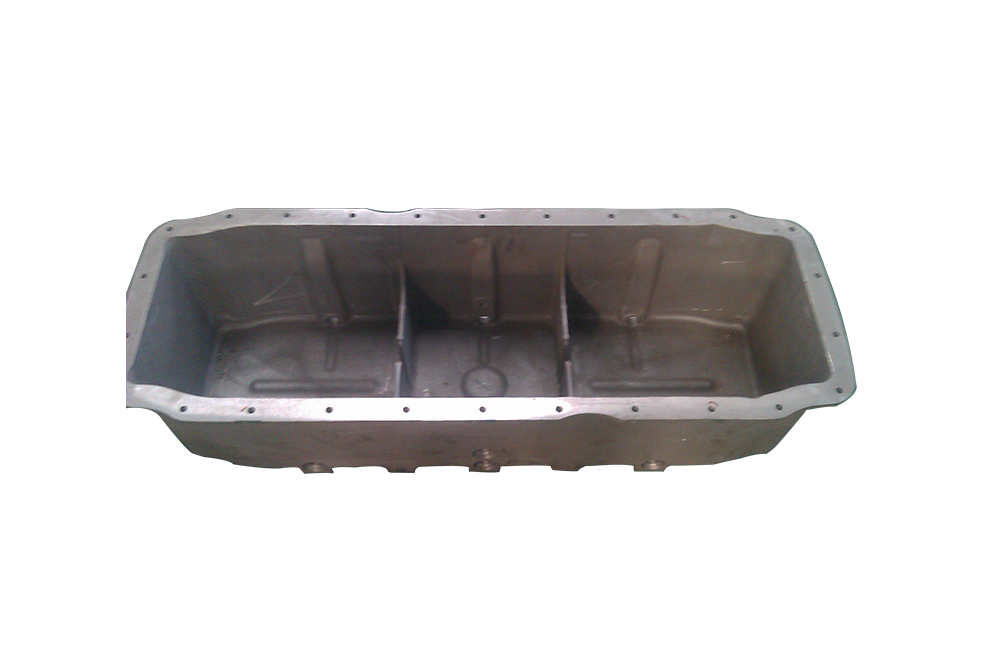Introduction
The oil pan, often referred to as the sump, is a critical component of an internal combustion engine. It serves as the reservoir for engine oil, playing a vital role in lubrication, cooling, and overall engine performance.
What is an Oil Pan?
The oil pan is a metal container located at the bottom of the engine block, where it collects and stores the engine oil. It is usually made from stamped steel, aluminum, or a combination of both, providing durability while keeping weight to a minimum. The oil pan is bolted to the engine block and has a gasket to prevent leaks.
Functions of the Oil Pan
Oil Reservoir: The primary function of the oil pan is to store the engine oil. It holds a significant volume of oil, ensuring that there is always an adequate supply for lubrication.
Lubrication: The oil pump draws oil from the pan and circulates it through the engine to lubricate moving parts. This reduces friction, prevents wear, and enhances engine efficiency.
Cooling: As oil circulates, it absorbs heat from the engine components. The oil pan helps dissipate some of this heat, contributing to the overall cooling of the engine.
Oil Filtration: Many oil pans include a built-in baffle or screen to filter debris and contaminants from the oil before it is recirculated, ensuring cleaner lubrication.
Sound Dampening: The design of the oil pan can also help reduce engine noise, providing a quieter driving experience.
Design Considerations
The design of an oil pan is crucial for its efficiency and functionality. Key factors include:
Capacity: The oil pan must hold enough oil to maintain proper lubrication, especially during high-performance or heavy-load conditions.
Shape and Structure: Many oil pans are designed with baffles to prevent oil sloshing during acceleration and turns, which ensures a steady supply of oil to the pump.
Drainage: A proper drainage design, including a drain plug, is essential for easy oil changes and maintenance.
Common Issues
Oil pans can experience issues such as leaks, corrosion, and cracks. Regular inspection and maintenance are essential to ensure the integrity of the oil pan and the overall health of the engine. A leaking oil pan can lead to low oil levels, resulting in inadequate lubrication and potential engine damage.
Conclusion
The oil pan is a vital component of an engine, playing a crucial role in lubrication, cooling, and overall performance. Understanding its functions and importance can help car owners appreciate the complexities of engine design and maintenance. Regular care and attention to the oil pan can contribute significantly to the longevity and efficiency of an engine, ensuring smooth operation for years to come.

